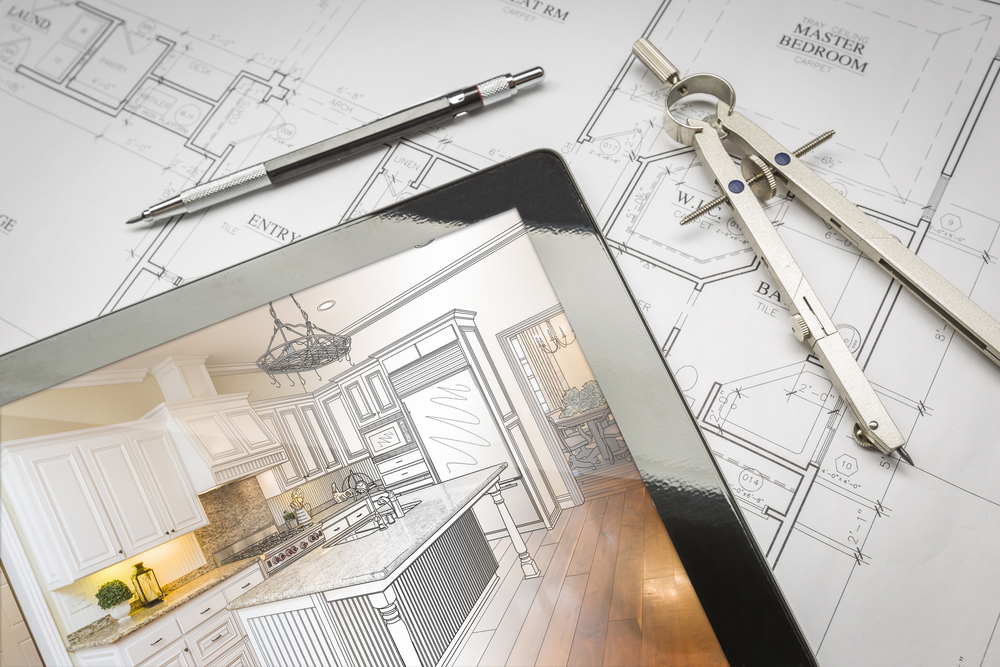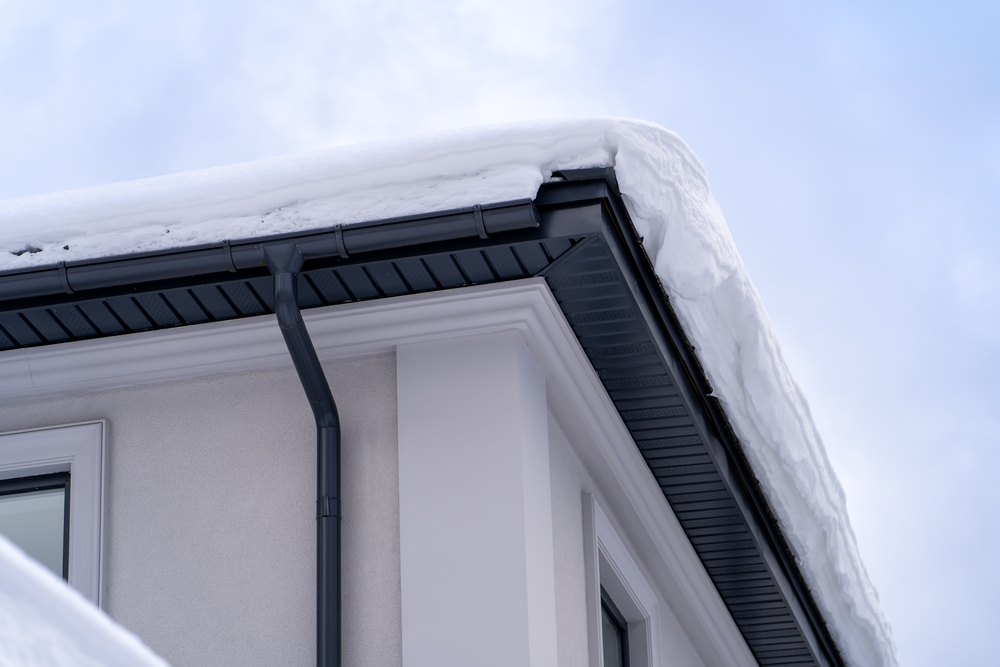
Embarking on a residential building project – whether it’s your dream custom home, a significant or small addition or an accessory dwelling unit (ADU) – is an exciting journey. The professional you choose to lead the design will be your primary guide, shaping your vision into tangible blueprints. But while aesthetics, flow, and functionality are paramount, there’s a crucial partnership behind every successful and safe structure: the collaboration between your design professional and a trusted structural engineer.
At Blue Sky Engineering, we understand that selecting the right design professional is a pivotal first step. But we also know that even the most brilliant concepts need a robust structural backbone to truly come to life.
Architect vs. Home Designer: Understanding the Difference
Before you begin your search, it’s helpful to understand the distinction between an architect and a home designer, as their roles, qualifications, and the complexity of projects they typically handle can vary:
Architect:
- Licensed Professional: Architects are licensed by the state (in Utah, regulated by the DOPL) after completing extensive education (typically 5-7 years of university), internships, and passing rigorous exams.
- Broad Scope: They are trained in a wide range of disciplines, including aesthetics, building science, engineering principles, zoning laws, building codes, materials, and project management.
- Legal Responsibility: They hold legal responsibility for the health, safety, and welfare of the public related to their designs.
- Project Complexity: Well-suited for commercial, complex custom homes, challenging sites, major renovations, or projects requiring significant modifications. Their drawings are often stamped to signify their professional responsibility.
Home Designer (or Building Designer/Draftsperson):
- Focus on Aesthetics & Layout: Home designers often excel at creating beautiful and functional floor plans and exterior aesthetics, specializing in residential spaces.
- Varying Qualifications: Their qualifications can vary widely. Some may have extensive experience, certifications, or degrees in drafting or residential design, while others are self-taught. They may not be state-licensed for architectural services, but are allowed to work on residential projects.
- Project Scope: Typically handle less complex residential projects, often working within established parameters or with pre-existing plans.
- Reliance on Others: For structural integrity, code compliance, or complex architectural solutions, they often rely heavily on licensed structural engineers or even licensed architects to review and stamp the structural components of their plans.
Regardless of whether you choose an architect or a home designer, the foundational message remains: both often require the precise calculations and expertise of a structural engineer to ensure the safety and long-term integrity of your home.
Key Qualities to Look for in Your Residential Design Professional
When interviewing potential architects or home designers for your custom home design in Utah or renovation, consider these vital qualities:
Relevant Experience & Portfolio: Look for a professional with a strong portfolio of residential architect Utah (or home designer) projects, especially those similar in scale, style, or complexity to what you envision. Have they worked on homes in Utah’s unique climate and terrain?
Communication Style & Responsiveness: Do they listen intently to your ideas? Are they communicative, responsive, and able to explain complex concepts clearly? A good professional is a true collaborator.
Understanding Your Vision: Can they genuinely grasp your lifestyle, budget, and aesthetic preferences? The best professionals don’t impose their style but elevate yours.
Local Knowledge & Relationships: Familiarity with Utah’s specific building codes, permitting processes, and local environmental considerations (like our significant snow loads and seismic activity) is a huge advantage. A professional with established relationships with reputable local contractors and engineers can streamline your project.
Transparent Fees & Contract: Ensure their fee structure is clear, and the contract outlines the scope of work, deliverables, and timelines without ambiguity.
The Unsung Partnership: Why Your Design Professional Needs a Trusted Structural Engineer
Here’s a critical piece of advice often overlooked by homeowners: Make sure your chosen architect or home designer works collaboratively with a trusted structural engineer to design the plans.
Your design professional creates what you see and how you live in a space. A structural engineer designs what makes that space stand up safely and withstand the forces of nature.
The best design professionals understand that true custom home design in Utah isn’t just about aesthetics; it’s about integrated, intelligent construction. They recognize the immense value a Utah residential engineer brings to the table.
The benefits of this crucial design-engineer collaboration are profound:

Seamless Integration of Vision and Reality
When a design professional and a trusted structural engineer in Utah work together from the earliest stages, structural considerations are woven into the very fabric of the design, not tacked on as an afterthought. This avoids costly conflicts later in the process where a beautiful design might prove structurally unfeasible or prohibitively expensive.

Guaranteed Safety & Code Compliance
Your home needs to withstand Utah’s specific environmental loads – from snow load engineering for Utah’s unique climate to Utah seismic design requirements. An engineer ensures every beam, column, and foundation element is adequately sized and connected to meet these demands and all local building permit requirements in Utah.

Efficiency & Cost Savings
An experienced structural engineer for architects (or home designers) can optimize the use of materials, ensuring the structure is robust without being over-engineered, leading to cost-effective structural engineering. They can find smart solutions that reduce material waste and simplify construction, saving you money in the long run.

Problem-Solving Power
Challenging sites (slopes, unique soil conditions), large open spans, or complex rooflines often present structural puzzles. When design and engineering professionals collaborate, they can collectively devise innovative and safe solutions for these challenges.

Streamlined Permitting Process
Comprehensive plans that seamlessly integrate both design and structural components are more likely to sail smoothly through the permitting process, saving you time and frustration.
Build with Confidence: Partner with Experts
Your home is one of the most significant investments you’ll ever make. Don’t compromise its safety or longevity by overlooking the critical role of structural engineering. Selecting a design professional who values and actively engages a Utah residential engineer is paramount for a successful, safe, and efficient building project.
At Blue Sky Engineering, we frequently collaborate with architects and home designers across Utah, providing the precise structural engineering for architects and designers that transforms visionary plans into secure, enduring homes. We are the trusted structural engineer in Utah that design professionals rely on to ensure their creations stand strong.
Ready to start your residential building project with the ultimate peace of mind?
Discuss the importance of structural engineering with your chosen design professional, or contact Blue Sky Engineering today for a consultation or to learn more about our architectural collaborations.
